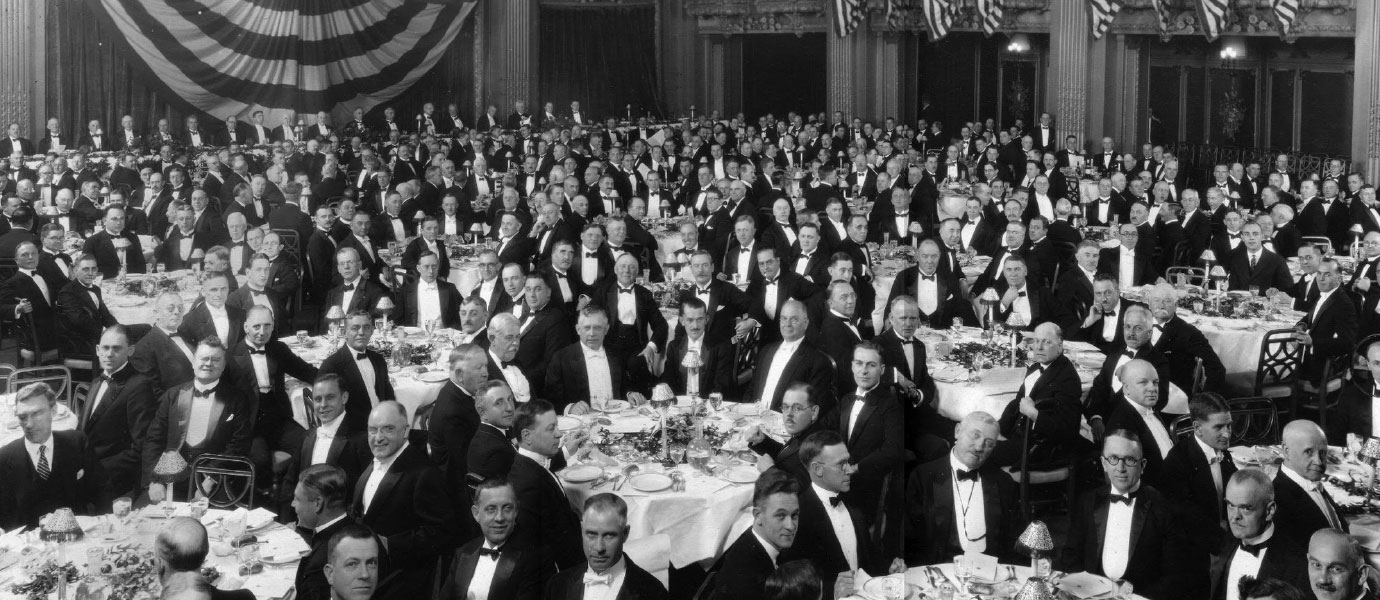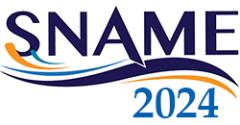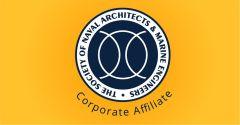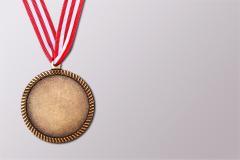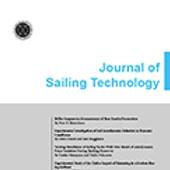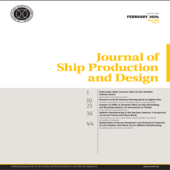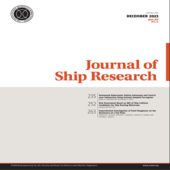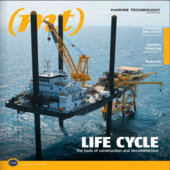Technical and research (T&R) | Bulletins and reports
This report examines the hull form options available for high-performance ferries. It is intended as a tool for the preliminary selection of the most appropriate hull form for a particular application. The terms used to describe advanced hull forms are defined and discussed in Appendix A.
Experiments to study nonlinear waves are described. Sums of either four or two sine waves with different frequencies were used to drive a wave generator. The waves that were generated contained the nonlinear Volterra interaction frequencies that would be expected. Third-order effects were greater than second-order effects. Fourth and higher-order effects were small. The nonlinear interactions that resulted from the sum of two sine waves were compared with a model for eight different combinations of input amplitudes of two different pairs of frequencies. The agreement of the model with the measurements was poor except perhaps for the last three experiments. Some non-Stokes-like high waveforms were measured. A possible explanation for part of the poor results is the reflections from the waves breaking on the beach at the down tank end.
Refined experiments that could be done are described. Some possible areas for future research are suggested.
The development of reliability-based design criteria for surface ship structures must consider the following three components:
(1) loads
(2) structural strength
(3) methods of reliability analysis.
A methodology for the reliability-based design of ship structures is provided in this document. The methodology consists of two approaches:
(1) direct based design
(2) load and resistance factor design (LRFD) rules.
According to this methodology, loads can be treated linearly or non-linearly. In assessing structural strength, linear or nonlinear analysis can be used. The reliability assessment and reliability-based design can be performed at several levels of a structural system, including the hull-girder, grillage, panel, plate, and detail levels. A rational treatment of uncertainty is suggested by considering all types of uncertainty. Failure definitions can have significant effects on the assessed reliability or resulting reliability-based designs. A method for defining and classifying failures at the system level is developed, which considers the continuous nature of redundancy in ship structures. A bibliography is provided at the end of this document to facilitate the future implementation of the methodology.
This paper evaluates the potential of current fuel-cell technology to be used onboard commercial ships to generate electricity for hotel and/or propulsion loads. A discussion of the chemistry, thermodynamics, and operating parameters of fuel cells is followed by a synopsis of the particulars of each of the four types of fuel cells most likely to be used onboard ships: phosphoric-acid fuel cells, molten carbonate fuel cells, solid-oxide fuel cells, and polymer-electrolyte fuel cells. These fuel cells are then evaluated for possible shipboard installations. A partially annotated bibliography of other fuel-cell works is included.
This T&R document contains the complete "Study of Modular Mathematical Models for Ship Maneuvering" that was undertaken by Panel H-10 (Ship Controllability) on behalf of the U.S. Maritime Administration. The study is published essentially as it existed at the time of the untimely death of the Principal investigator and principal report author, Dr. Paul Kaplan. The final review and editing of the report was carried out by Dr. Vladimir Ankudinov, the co-investigator, and by other members of Panel H-10. Mr. Bent K. Jakobsen of the Panel deserves special thanks for retyping the complete report and Dr. Jacek Mazurkiewicz for recreating the figures when an electronic copy of the report could not be obtained.
The members of Panel H-10 miss Paul's insightful contributions to the Panel and the hydrodynamics community as well as his trenchant wit.
This report recommends that ships and offshore platforms be designed to survive encounters with extreme waves, categorized here as wave Types I and II. The initial objective of the report is to establish the existence and characteristics of these waves and the storm conditions that produce them. It then examines current design practice and certain casualties that reveal the failure of current practice to ensure survivability. Design and test procedures are then proposed to assure that future ships and offshore platforms can withstand encounters with these extreme waves.
Section 2 of the report briefly reviews background information that has played a significant role in the identification and characterization of extreme wave Types I and II.
Section 3 presents photographic and other evidence of the existence of Type I waves, together with a time-series wave height profile obtained during Hurricane Camille. This type of wave is long-crested, steep-fronted, and non-dispersive. Its height as measured during Camille was 22.1 m (72.5 ft). A Type IA wave is also identified which emanates from the ends of the Type I wave. Section 4 presents photographic and other evidence of the existence of Type II extreme waves. This sharply breaking wave has a front face height as measured in hurricane Camille of 19.9 m (65.2 ft). It is transient in time and location and highly dissipative of its energy as a result of its severe breaking as shown in its photograph. Because of its energy dissipation characteristic, the associated wave spectrum values of Hmo versus Tp plot close to the Seaways of Limiting Steepness boundary of a previously derived Survivability envelope. This wave results from strong, gusty winds acting locally on a storm-driven seaway having central winds of 60 knots or more. Section 5 identifies the need for replicating Type I and II extreme waves in test tanks because of the predominance of severe impact loadings and the ensuing time-dependent, nonlinear loads and motions. Examples of the ship and offshore platform damages and/or losses are used to illustrate the failings of current design standards. A first-principles design methodology is recommended for dealing with these deficiencies. Section 6 provides a summary of the findings of the report. Section 7 recommends follow-on initiatives for reducing these recommendations to design practice including the development of an appropriate seakeeping design specification.
